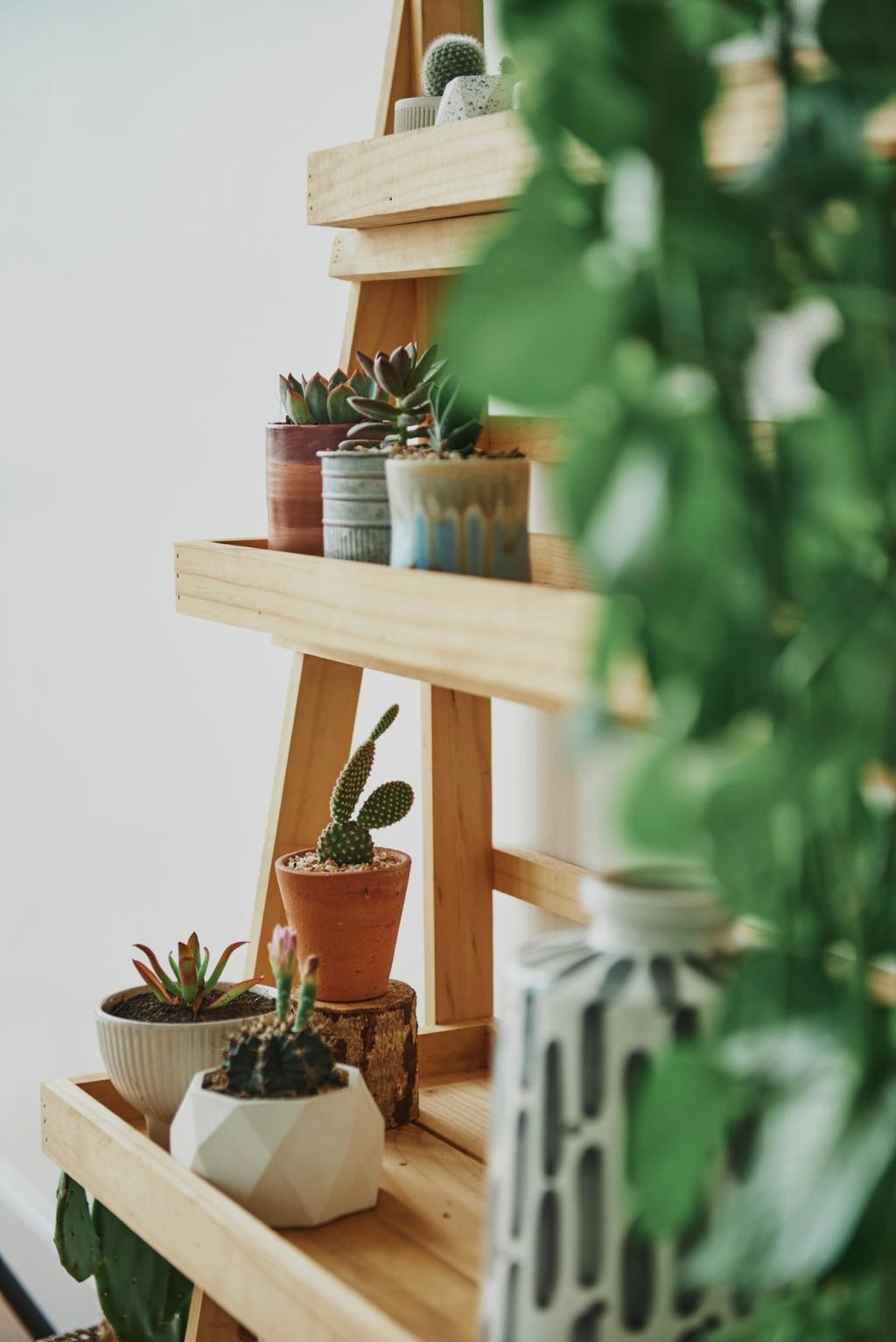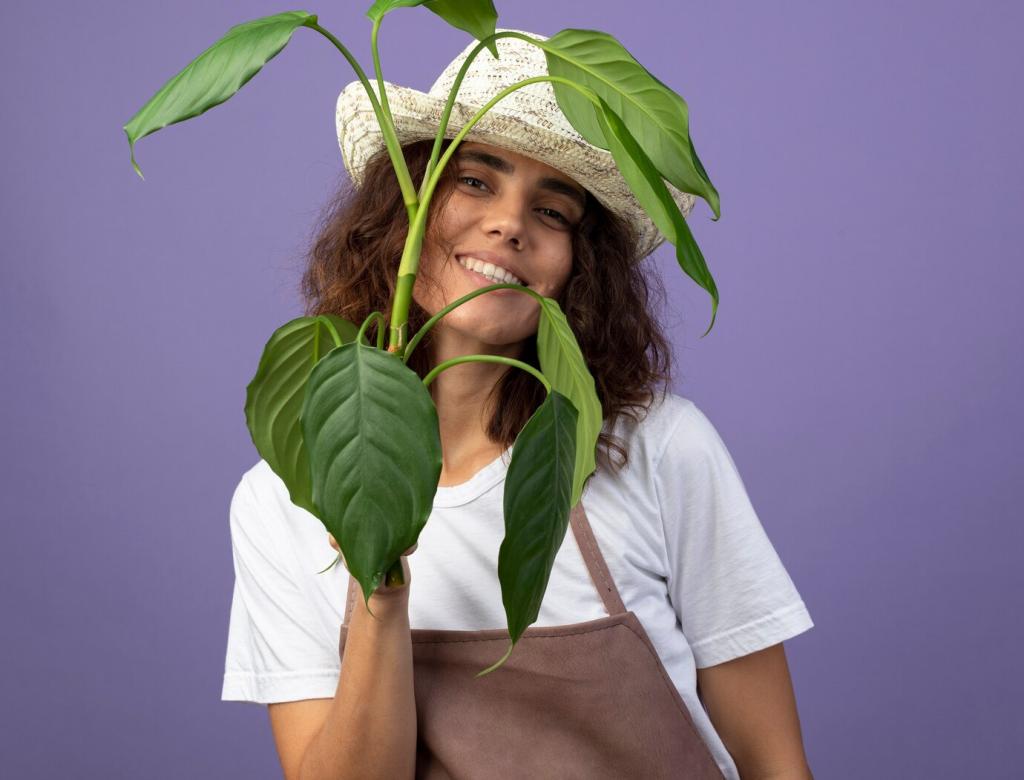
Biophilic Design: Bringing Nature Indoors
Welcome home to a space where leaves, light, textures, and stories breathe together. Today’s theme is Biophilic Design: Bringing Nature Indoors—an invitation to nurture well-being, creativity, and calm. Read on, leave your thoughts, and subscribe for future nature-first ideas you can put into practice.
Foundations of a Living Home
The Human–Nature Bond
Biologist Edward O. Wilson popularized the term “biophilia,” describing our innate affinity for life and living systems. Studies show that natural views and materials reduce stress and sharpen focus. Think about the places where you feel most restored, then tell us why they work; your reflection helps others design with intention.
Connection Over Decoration
Biophilic design is not about scattering random plants; it prioritizes deeper relationships—daylight patterns, airflow, natural materials, and meaningful views. Invite the outdoors to influence paths, routines, and feelings. Comment with one clutter-free change you’ll try this week, and we’ll share simple ways to amplify that connection.
A Studio That Learned to Breathe
In a 28-square-meter studio, a slim light shelf bounced daylight deeper inside, while a cluster of herbs framed the window. The resident reported calmer mornings and better sleep within two weeks. If this inspires you, subscribe for the full layout guide and tell us which corner of your home needs to exhale.
Light, Shadow, and Circadian Harmony
Map sunlight the way gardeners track seasons: where does morning glow land, and where does midday glare bite? Use reflective surfaces, light shelves, and pale ceilings to bounce brightness without harshness. Share a photo of your sunniest spot and we’ll suggest a plant or texture that thrives there.
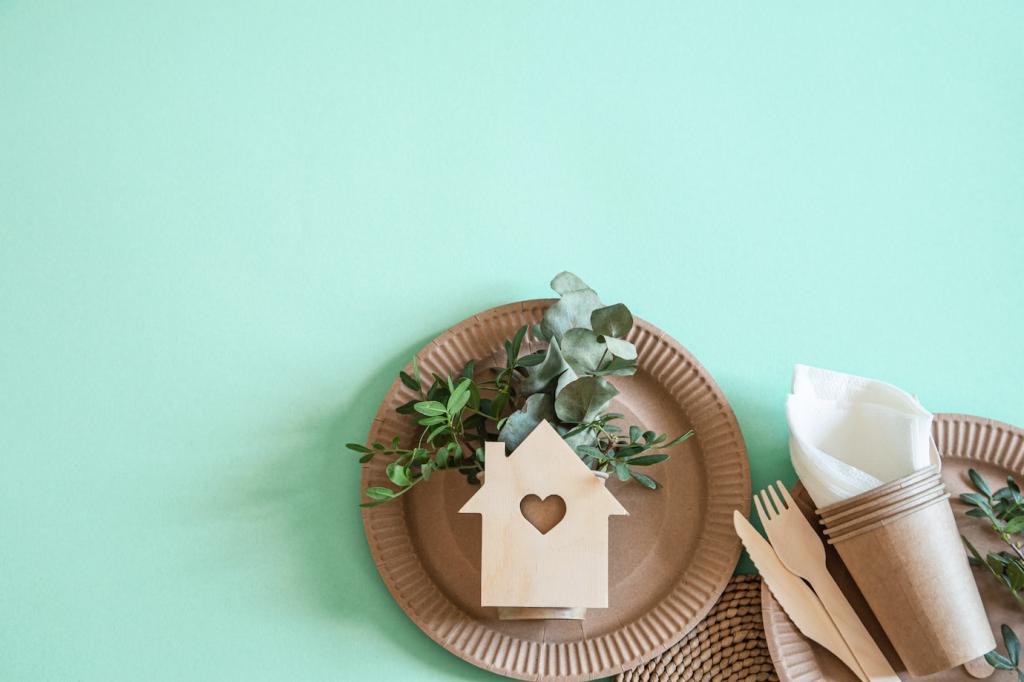
Materials That Breathe: Wood, Stone, and Natural Texture
Choose certified wood with visible grain—oak, ash, or Douglas fir—finished in low-VOC oils that let fibers breathe. The warmth underfoot subtly anchors your body like forest soil. Do you have a favorite species or finish? Share it below, and we’ll compile reader-tested care tips for longevity.
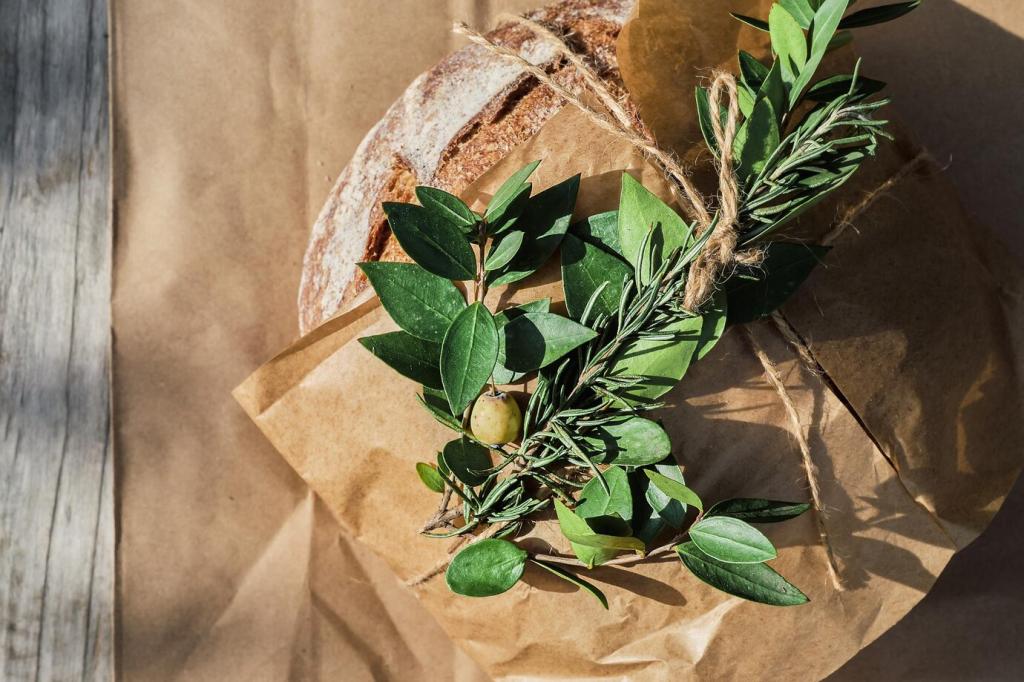
Green Companions: Plants as Co-Creators
Match species to light and humidity: a fiddle-leaf fig enjoys bright, indirect exposure; snake plants tolerate shade and dry air. Grouping plants boosts moisture and reduces maintenance. Start small and observe weekly. Comment with your trickiest corner, and we’ll suggest a resilient, personality-matching plant companion.
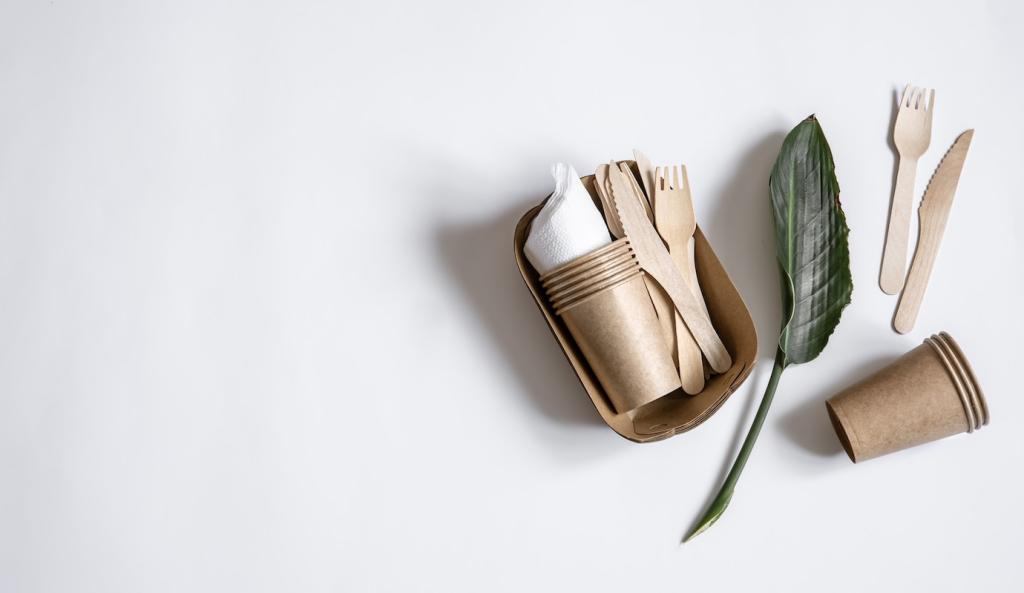
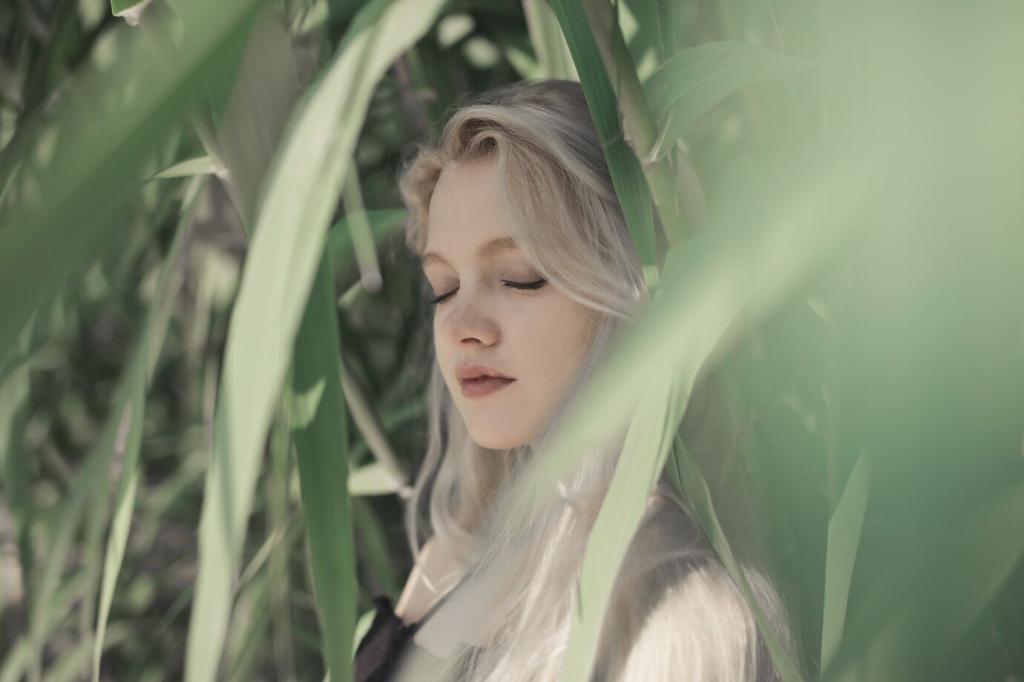
Green Companions: Plants as Co-Creators
Potting mixes come alive with mycorrhizae, worm castings, and gentle aeration from perlite or bark. Aim for breathable containers and measured watering rather than schedules. One reader revived a droopy fern by repotting into airy soil; two weeks later, fronds unfurled. Share your soil recipes and wins.
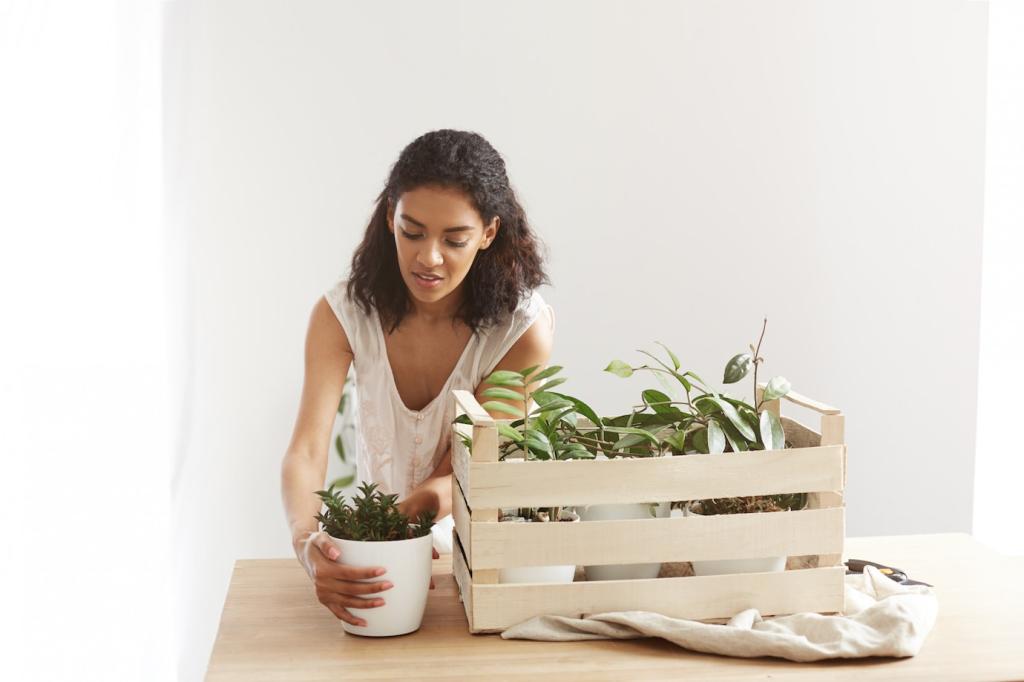
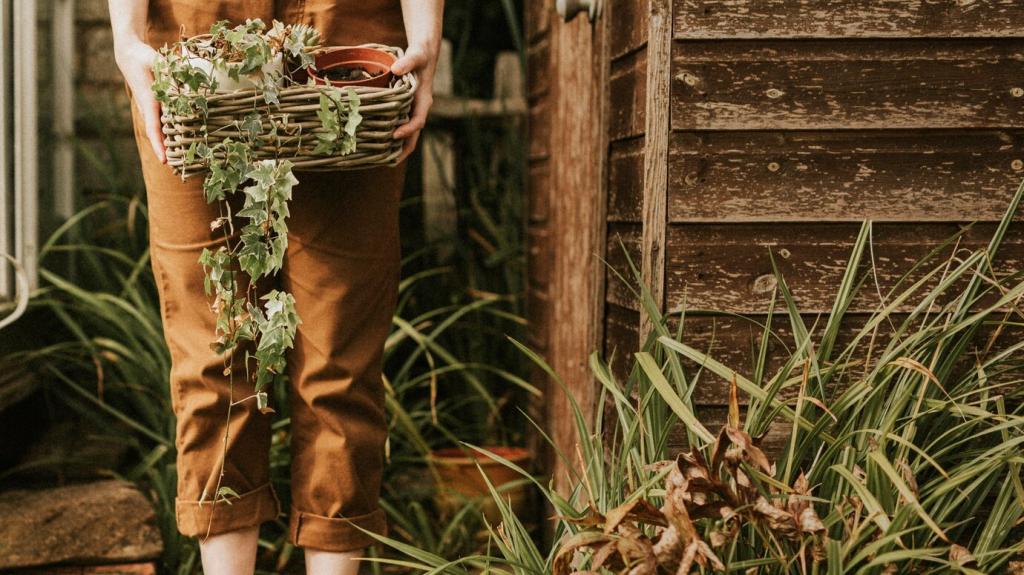
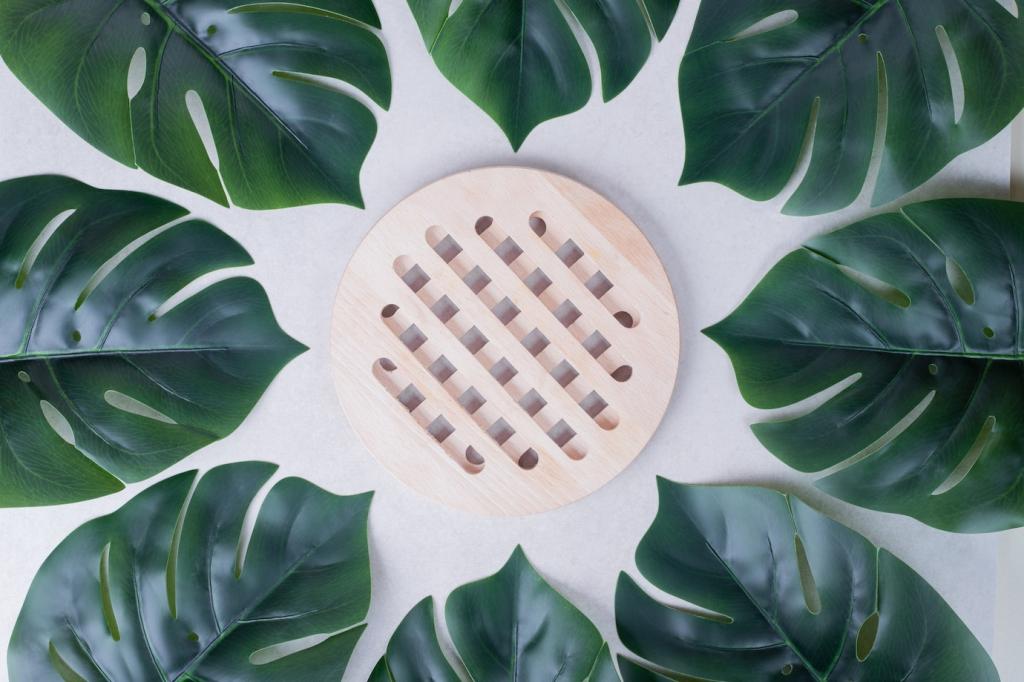
Patterns of Nature: Fractals, Curves, and Seasonal Rhythms
Fractal-like patterns—branching leaves, rippling waves, dappled light—appear at multiple scales and can reduce stress responses. Bring them in through artwork, rugs, or perforated screens that cast lively shadows. Which pattern resonates with you? Share it, and subscribe to get our upcoming fractal mood board.
